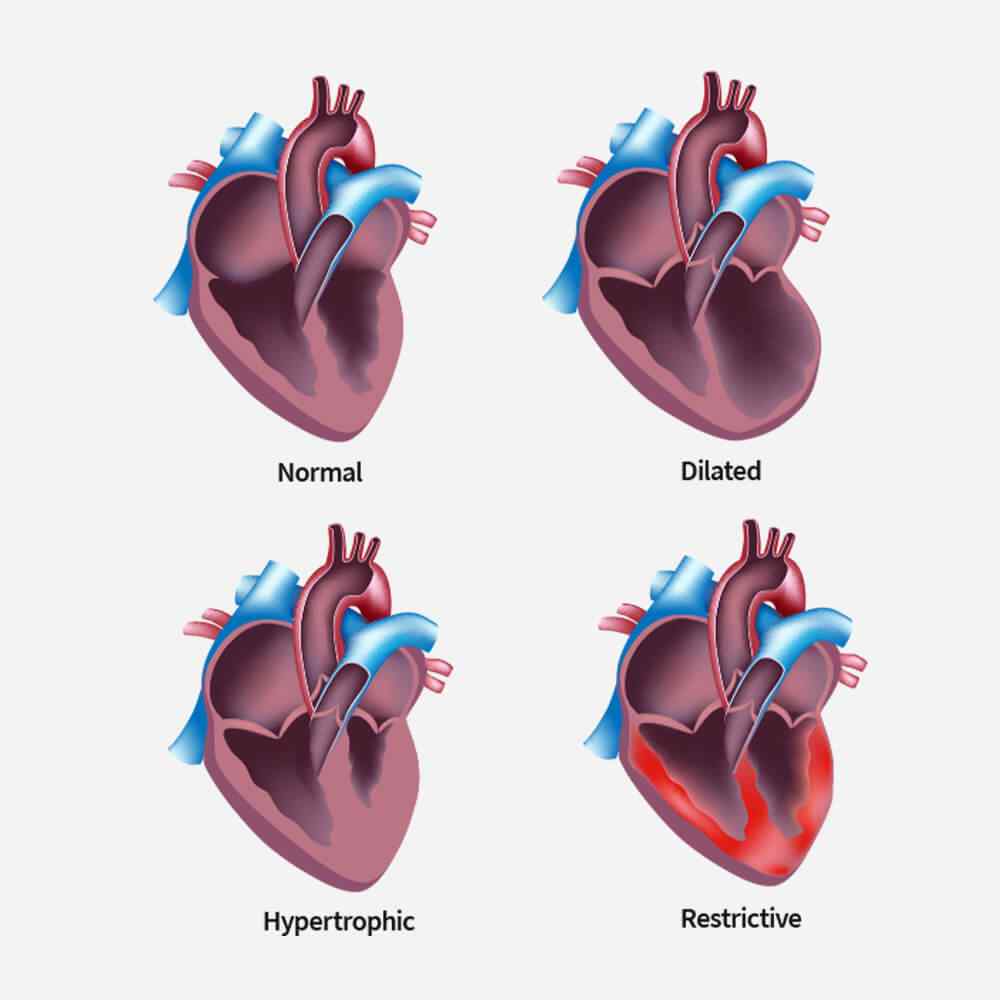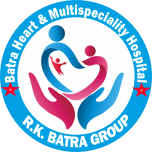Renal Renal Angiogram & Angioplasty
Renal Angiogram & Angioplasty
Renal angiography and angioplasty are medical procedures used to assess and treat conditions affecting the blood vessels supplying the kidneys. These procedures are typically performed in cases of renal artery stenosis, where the arteries leading to the kidneys become narrowed, often due to atherosclerosis. Renal artery stenosis can potentially lead to hypertension (high blood pressure) and impaired kidney function.
Here’s an overview of renal angiography and angioplasty:
Renal Angiography:
- Indications:
- Renal angiography is performed to visualize the blood vessels leading to the kidneys. It is commonly done to diagnose renal artery stenosis and to assess the anatomy and severity of the narrowing.
- Procedure:
- A catheter is inserted into a large blood vessel, typically in the groin, and advanced to the renal arteries under X-ray guidance.
- Contrast dye is injected through the catheter, making the blood vessels visible on X-ray images.
- The images help identify the location and extent of any blockages or narrowings in the renal arteries.
- Diagnosis:
- Renal angiography allows healthcare providers to determine the degree of renal artery stenosis and whether intervention, such as angioplasty, is warranted.
Renal Angioplasty:
- Indications:
- Renal angioplasty is considered when significant renal artery stenosis is identified during angiography, especially if it is contributing to high blood pressure or impaired kidney function.
- Procedure:
- A catheter with a deflated balloon at its tip is advanced to the site of the stenosis through the blood vessels.
- Once positioned, the balloon is inflated, compressing the plaque and widening the narrowed segment of the artery.
- In some cases, a stent (a mesh-like tube) may be placed to help keep the artery open.
- Post-Procedure:
- After angioplasty, the balloon is deflated and removed, leaving the stent (if used) in place.
- The catheter is withdrawn, and the incision site is typically closed.
- Monitoring:
- Patients are monitored for a period after the procedure to ensure there are no complications.
Risks and Considerations:
- Both renal angiography and angioplasty are generally safe procedures, but they carry risks such as bleeding, blood vessel damage, and kidney injury.
- The decision to perform renal angioplasty is based on factors such as the severity of renal artery stenosis, symptoms, and the patient’s overall health.
These procedures are typically performed by interventional cardiologists or interventional radiologists with expertise in vascular interventions. The choice between medical management, angioplasty, or other interventions is made based on the specific circumstances of each patient. Always consult with healthcare professionals for personalized advice and information.
Approach
For everyday care or life-changing care you can count on our doctors.
Experts
You can count on us to keep you and your loved ones safe and healthy.
Technology
Cardiac rehabilitation (CR) can slow or reverse the nurse progression.
Facilities
We use a team approach to providing health care, and involve the patient.


Renal Angiogram & Angioplasty
It seems like you may be referring to a scenario where there are restrictions or limitations related to coronary angioplasty. If you have specific details or concerns in mind, please provide more information so I can offer a more accurate response.
Coronary angioplasty, or percutaneous coronary intervention (PCI), involves dilating narrowed coronary arteries. A catheter with a deflated balloon is advanced to the blockage site. Upon reaching the narrowed segment, the balloon is inflated, compressing the plaque and widening the artery. This dilation restores blood flow, relieving symptoms and improving overall cardiac function.
Coronary angioplasty is a procedure primarily used to address coronary artery blockages. However, for hypertrophic conditions like hypertrophic cardiomyopathy (HCM), angioplasty may not be the first-line treatment. HCM involves thickening of the heart muscle and is typically managed through medications, lifestyle changes, or in severe cases, surgery. Angioplasty isn’t a standard approach for hypertrophic conditions. Always consult with a healthcare professional for personalized advice.
Coronary angioplasty primarily addresses blockages in coronary arteries supplying blood to the heart muscle. It isn’t typically performed in the right ventricle, which is a chamber of the heart responsible for pumping blood to the lungs. Procedures involving the right ventricle, such as right heart catheterization, differ and are usually conducted for specific diagnostic purposes or conditions affecting that particular heart chamber. Always consult with a healthcare professional for personalized medical advice.
Related TreatmentRenal Angiogram & Angioplasty
Angioplasty uses a tiny balloon catheter that is inserted in a blocked blood vessel to help widen it and improve blood flow to your heart. Angioplasty is often combined with the placement of a small wire mesh tube called a stent. The stent helps prop the artery open, decreasing its chance of narrowing again.
